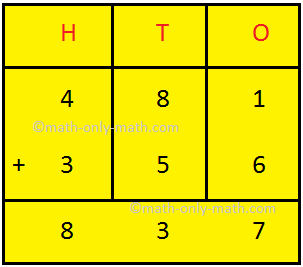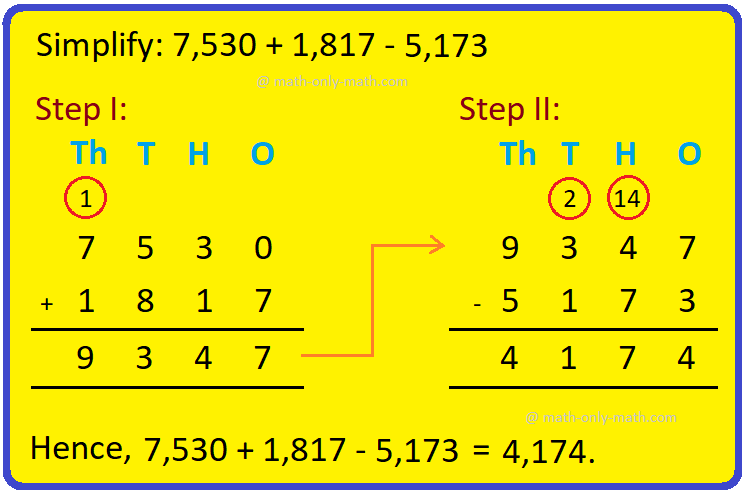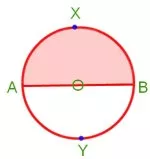Subscribe to our YouTube channel for the latest videos, updates, and tips.
Boolean Logic Defines
Boolean logic defines an abstract mathematical structure. By a Boolean algebra we mean a set B together with two binary operations +, ∙ on B (known as addition and multiplication respectively) and a unary operation ' on B (called complementary) satisfying the following axioms:
Axiom. 1. The operations are commutative; i.e.,
a + b = b .+ a, a ∙ b = b ∙ a for all a, b ϵ B
Axiom. 2. Each binary operation distributes over the other; i.e.,
a + (b ∙ c) = (a + b) ∙ (a + c)
and a ∙ (b + c) = (a ∙ b) + (a ∙ c) for all a, b, c ϵ B
Axiom. 3. B contains distinct identity elements 0 and 1 (known as zero element and unit element) with respect to the operations +, ∙ respectively; i.e.,
a + 0 = a, a ∙ 1 = a, for every a ϵ B.
Axiom. 4. For each a ϵ B, there exists an element a' ϵ B such that a + a' = 1 and a ∙ a' = 0.
Note:
(i) a' is called the complement of a. (a')' will be denoted by a'' and so on. Very often we shall write a ∙ b as ab.
(ii) The binary operations in the definition need not be written as + and
Instead, we may use other symbols such as ∪, ∩ (known as union and intersection respectively), or, ⋁, ⋀ (known as join and meet) to denote these operations.
(iii) A Boolean algebra is generally denoted by a 6-tuple (B, +, ∙, ', 0, 1) or by (B, +, ∙, ') or, simply by the set B in it.
Examples:
1. Let A be a non-empty set and P(A) be the power set of A. Then P(A) is a Boolean algebra under the usual operations of union, intersection and complementation in P(A). The sets ∅ and A are the zero element and unit element of the Boolean algebra P(A). Observe that if A is an infinite set, then the Boolean algebra P(A) will contain infinite number of elements.
2. Let B be the set of all positive integers which are divisors of 70; i.e., B = {1, 2, 5, 7, 10, 14, 35, 70}. For any a, b ϵ B, let a + b = l.c.m of a, b; a ∙ b = h.c.f. of a, b and a' = ⁷<span style='font-size: 50%'>/₀. Then with the help of elementary properties of l.c.m. and h.c.f. it can be easily verified that (B, +, ∙, ', 1, 70) is a Boolean algebra. Here 1 is the zero element and 70 is the unit element.
We can generalize this example with the help of the following result:
Result:
Let n > 1 be an integer and B be the set of positive integers which are divisors of n. For a, b ϵ B we define a + b = l.c.m of a, b; a ∙ b = h.c.f of a, b and a' = ⁿ/₀. Then (B, +, ∙, ', 1, n) is a Boolean algebra if and only if n is square-free, i.e., n is not divisible by any square integer greater than 1.
Proof:
Using simple properties of integers and of l.c.m. and h.c.f. we can easily show that axioms (1)-(3) given in the definition of a Boolean algebra are satisfied. Now axiom (4) will hold if and only if for any a ϵ B, a and n/a have no common factor, other than 1. This condition is equivalent to n being square-free.
Note.
If n = 50 which is not square-free, B = {1, 2, 5, 10, 25, 50}. Observe that 5' = ⁵<span style='font-size: 50%'>/₅ = 10 and 5 + 5' = 5 + 10 = l.c.m of 5, 10 = 10 ≠ 50. Also, 5 ∙ 5' = 5 ∙ 10 = h.c.f of 5, 10 = 5 ≠ 1. Thus {B, +, ∙, ', 1, 50} is not a Boolean algebra.
From Boolean Logic Defines to HOME PAGE
Didn't find what you were looking for? Or want to know more information about Math Only Math. Use this Google Search to find what you need.
Recent Articles
-
5th Grade Circle Worksheet | Free Worksheet with Answer |Practice Math
Jul 10, 25 11:41 AM
In 5th Grade Circle Worksheet you will get different types of questions on parts of a circle, relation between radius and diameter, interior of a circle, exterior of a circle and construction of circl… -
Construction of a Circle | Working Rules | Step-by-step Explanation |
Jul 09, 25 01:29 AM
Construction of a Circle when the length of its Radius is given. Working Rules | Step I: Open the compass such that its pointer be put on initial point (i.e. O) of ruler / scale and the pencil-end be… -
Combination of Addition and Subtraction | Mixed Addition & Subtraction
Jul 08, 25 02:32 PM
We will discuss here about the combination of addition and subtraction. The rules which can be used to solve the sums involving addition (+) and subtraction (-) together are: I: First add -
Addition & Subtraction Together |Combination of addition & subtraction
Jul 08, 25 02:23 PM
We will solve the different types of problems involving addition and subtraction together. To show the problem involving both addition and subtraction, we first group all the numbers with ‘+’ and… -
5th Grade Circle | Radius, Interior and Exterior of a Circle|Worksheet
Jul 08, 25 09:55 AM
A circle is the set of all those point in a plane whose distance from a fixed point remains constant. The fixed point is called the centre of the circle and the constant distance is known






New! Comments
Have your say about what you just read! Leave me a comment in the box below. Ask a Question or Answer a Question.